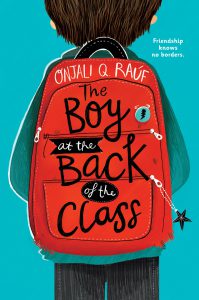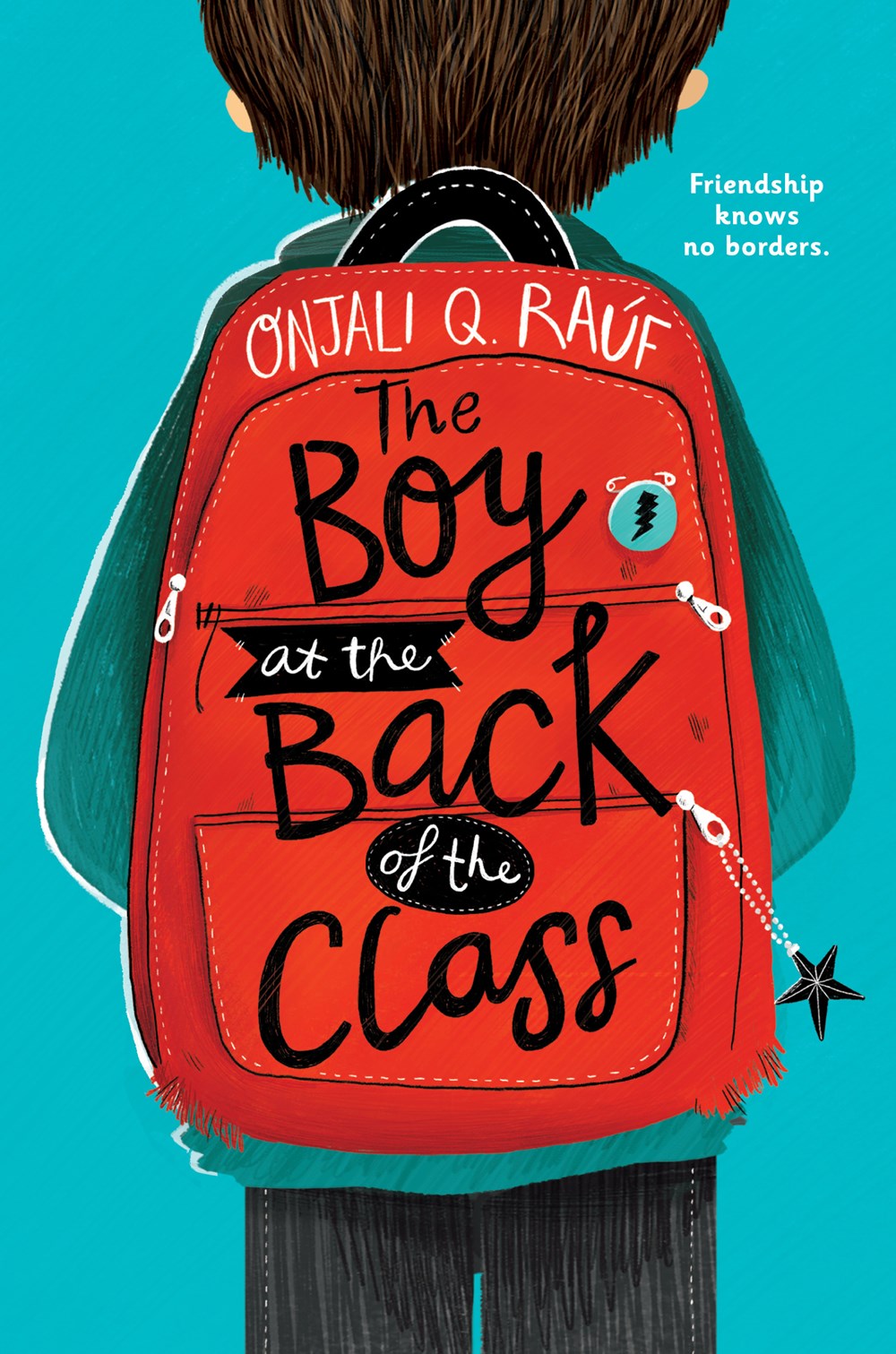 Born to Austrian and Indonesian parents, Alexa is nearly ten years old and attends Nelson Elementary School in London. She dreams of having the best job in the world: “being a reporter and getting to solve mysteries and go on adventures” (2) just like Tintin and Snowy, her favorite comic book characters.
Born to Austrian and Indonesian parents, Alexa is nearly ten years old and attends Nelson Elementary School in London. She dreams of having the best job in the world: “being a reporter and getting to solve mysteries and go on adventures” (2) just like Tintin and Snowy, her favorite comic book characters.
One day, a boy with lion’s eyes joins Alexa’s class and sits in the back. Intrigued by the mysterious boy, Ahmet, Alexa and her friends—Josie, Tom, and Michael—set out to discover where Ahmet is from and how he came to be in London. During their discovery phase, the group learns not only that adults like to use long words for simple things but that human beings tend to believe lies because they are often more exciting than the truth. Although rumors get passed around “like an invisible game of hot potato” (23), eventually the quartet gathers that Ahmet Saqqal is a Syrian refugee who speaks Kurdish and that he became separated from his parents as they attempted to escape from their war-torn country.
Given the suspected anguish of such a separation, the children decide to launch a Top-Secret Mission to help find Ahmet’s parents. In their efforts to fulfill their mission, the four friends realize that the world has never been kind to refugees and that people often fear the unfamiliar. When Alexa is accused of being a terrorist while daring to support her friend, her mother has to explain: “People . . . are so afraid of anyone who doesn’t look like them or dress like them or eat the same foods as them that they call other people—even children like you—all sorts of silly names” (209).
This notion confuses Alexa, who can’t believe that she’s scary just because she looks different. After all, everyone looks different and likes different things and comes from all kinds of different places. They may even may speak differently.
The Boy at the Back of the Class by Onjali Q. Raúf is an important first book for this author and for young readers. Although this book is about many things, at its core, it is a plea for compassion and social justice. It is also a book about the power of friendship. The brave actions of these children inspire others to fight racism and to champion refugee rights, especially political leaders across the world. In her book, Raúf not only clarifies the difference between an immigrant and a refugee, she offers information about the “biggest refugee and displacement crisis of our time” (275) and suggests ways to help.
For interested teachers and book club members, there are puzzles and activities at the back of the book to guide discussion and to engage with the book.
- Posted by Donna

